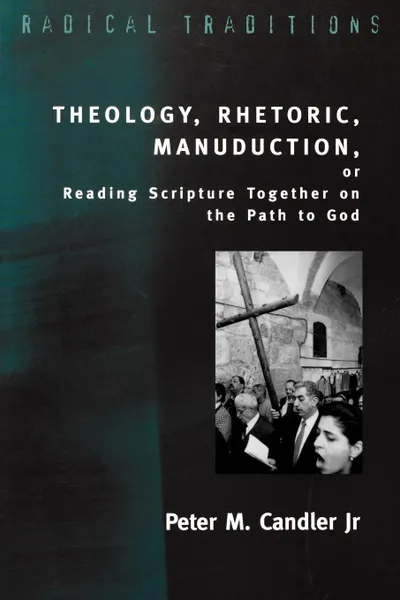Theology, Rhetoric, Manuduction, or Reading Scripture Together on the Path of God 12+
Автор: Peter M. Jr. Candler
2011
204 страницы
Категория: Религия
ISBN: 9780334040316
Язык: Английский
📒 In "Theology, Rhetoric, Manuduction", Peter Candler re-reads a number of medieval texts and demonstrates that they were intended as vehicles not for the transmission of data, but for the leading of readers to contemplation of God. Like medieval maps with their intricate illustrations, skewed proportions and omissions of details that to us today seem crucial, medieval works of theology were designed not to depict an objective overview for disinterested study, but were meant to provide an itinerary for individuals traveling a specific route. To read was to be taken by the hand, in a process called manuduction, and to join fellow travelers on a journey to a particular goal. In "Theology, Rhetoric, Manuduction", Candler is recovering this understanding of reading and doing theology and illustrates how it can enrich our present understanding of great works of medieval scholarship. He begins with the invention of printing in the 16th Century and the change of the bible from liturgy in worship and community to a physical object, a book and with it the birth of our modern understanding of scripture. He then turns to Augustine's understanding of rhetoric, examined in a critique of the Confessions. Then two texts, "Glossa Ordinaria" (a 12th-century glossed bible) and "Aquinas' Summa Theologiae" are read in terms of the concepts of memory and itinerary. The former, Candler believes, is an "iconic illustration of the mutual indwelling of Christ...
Мнения
